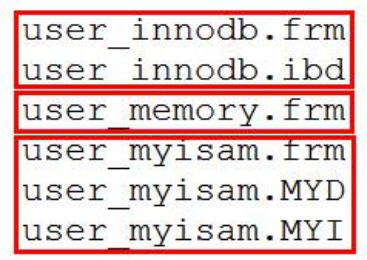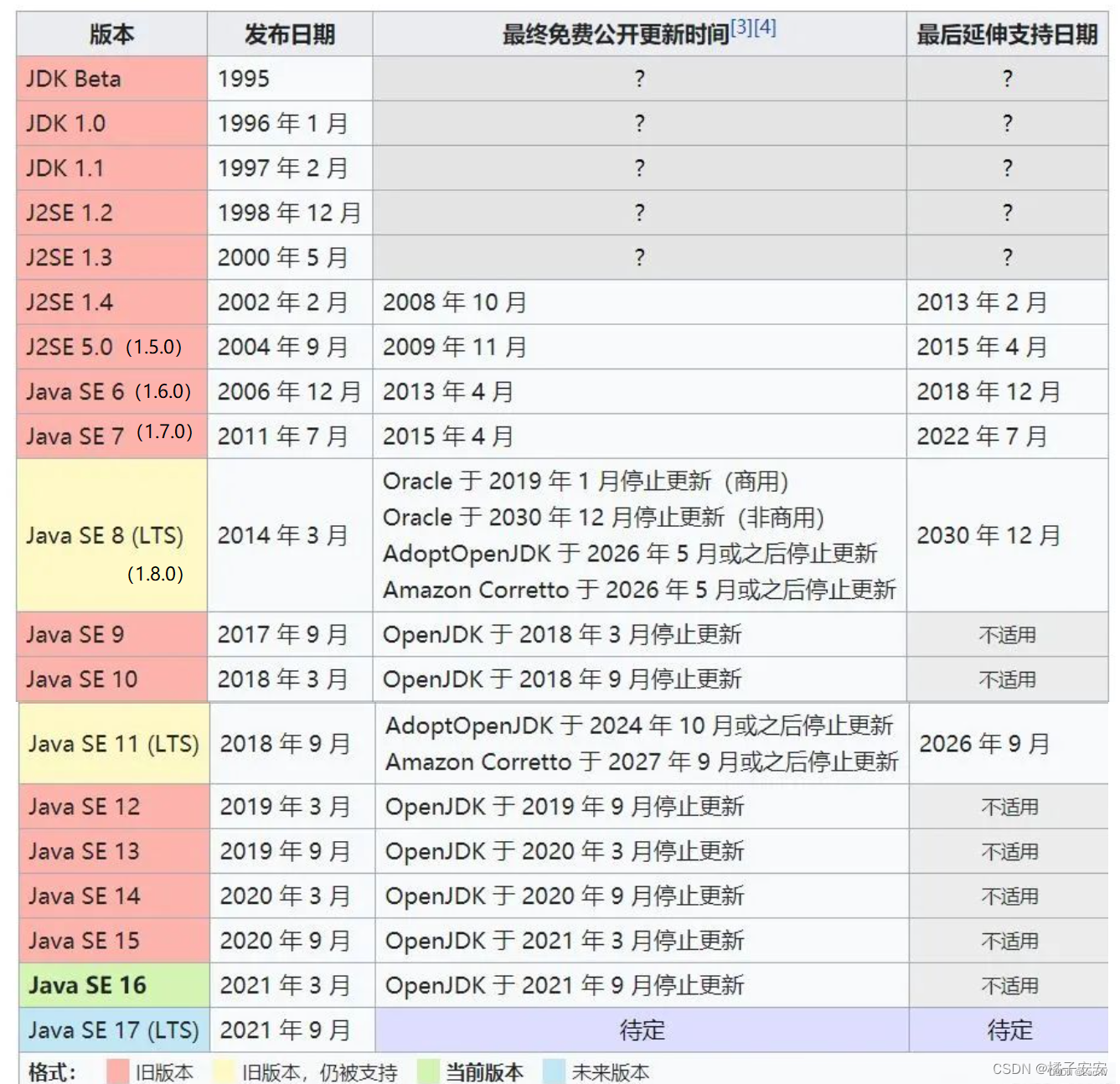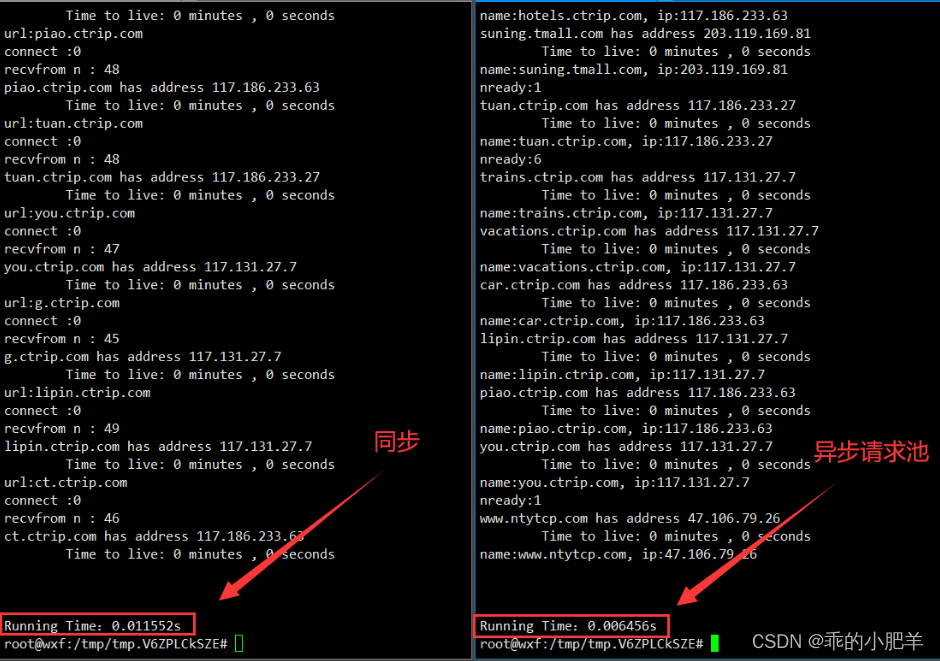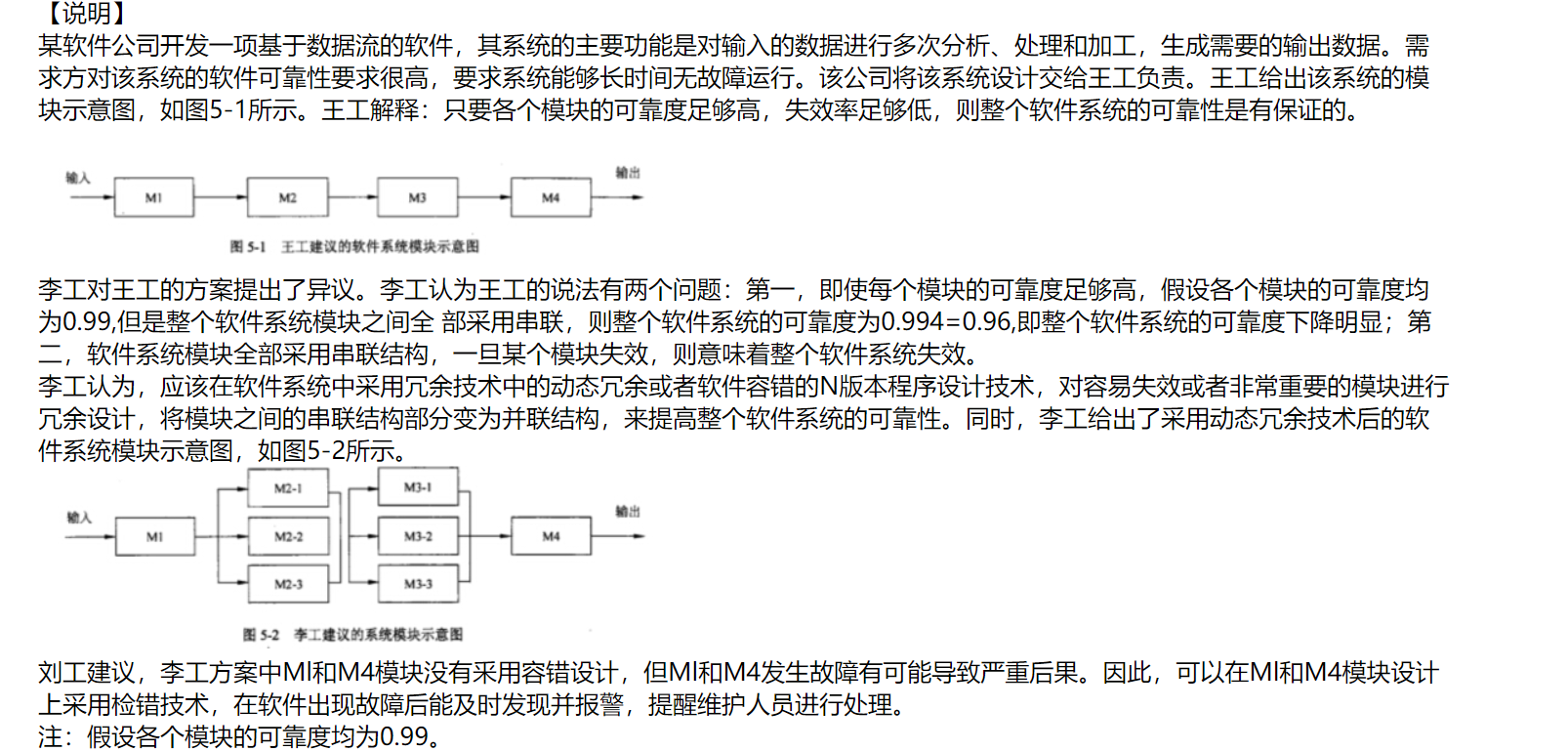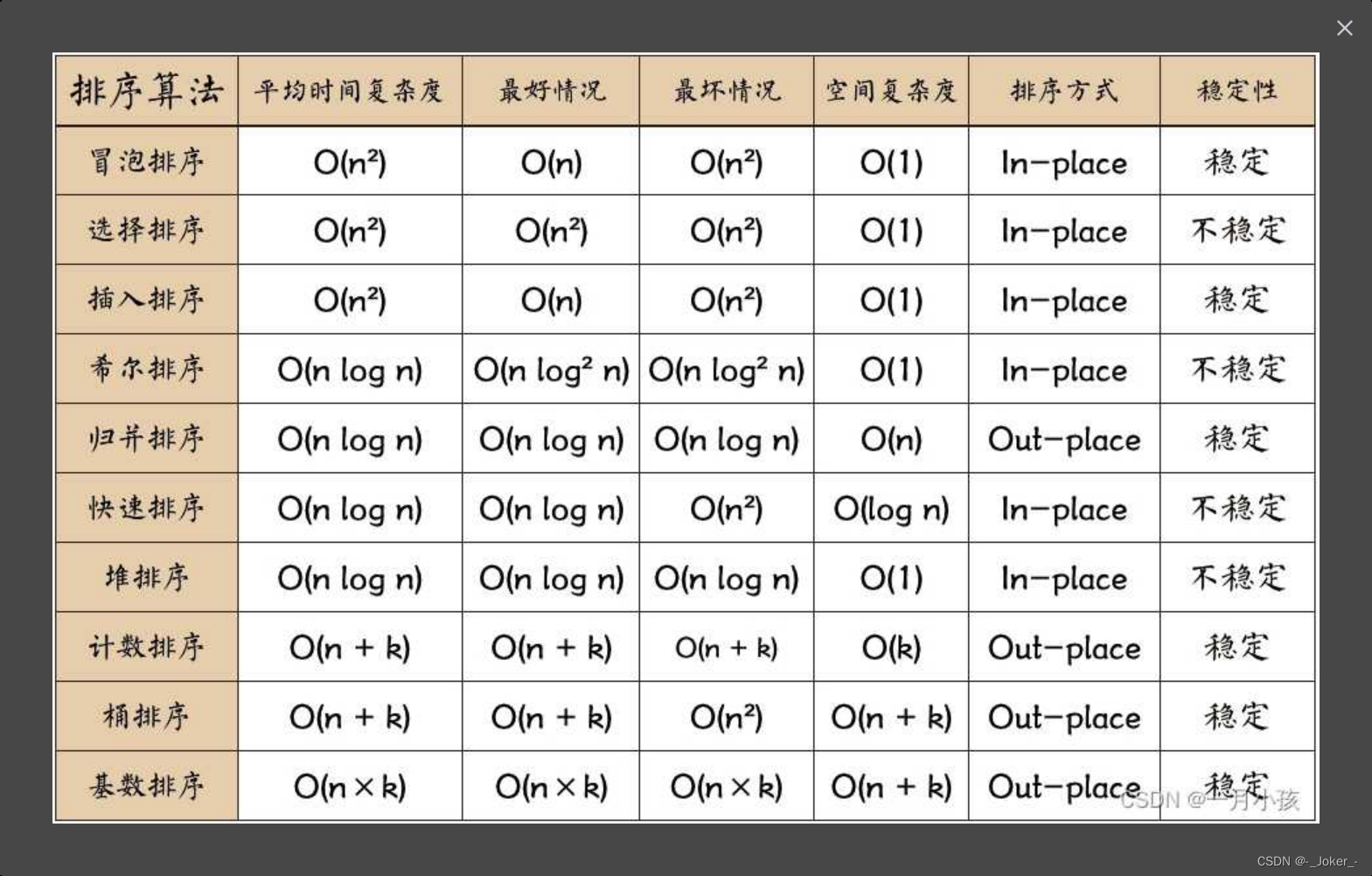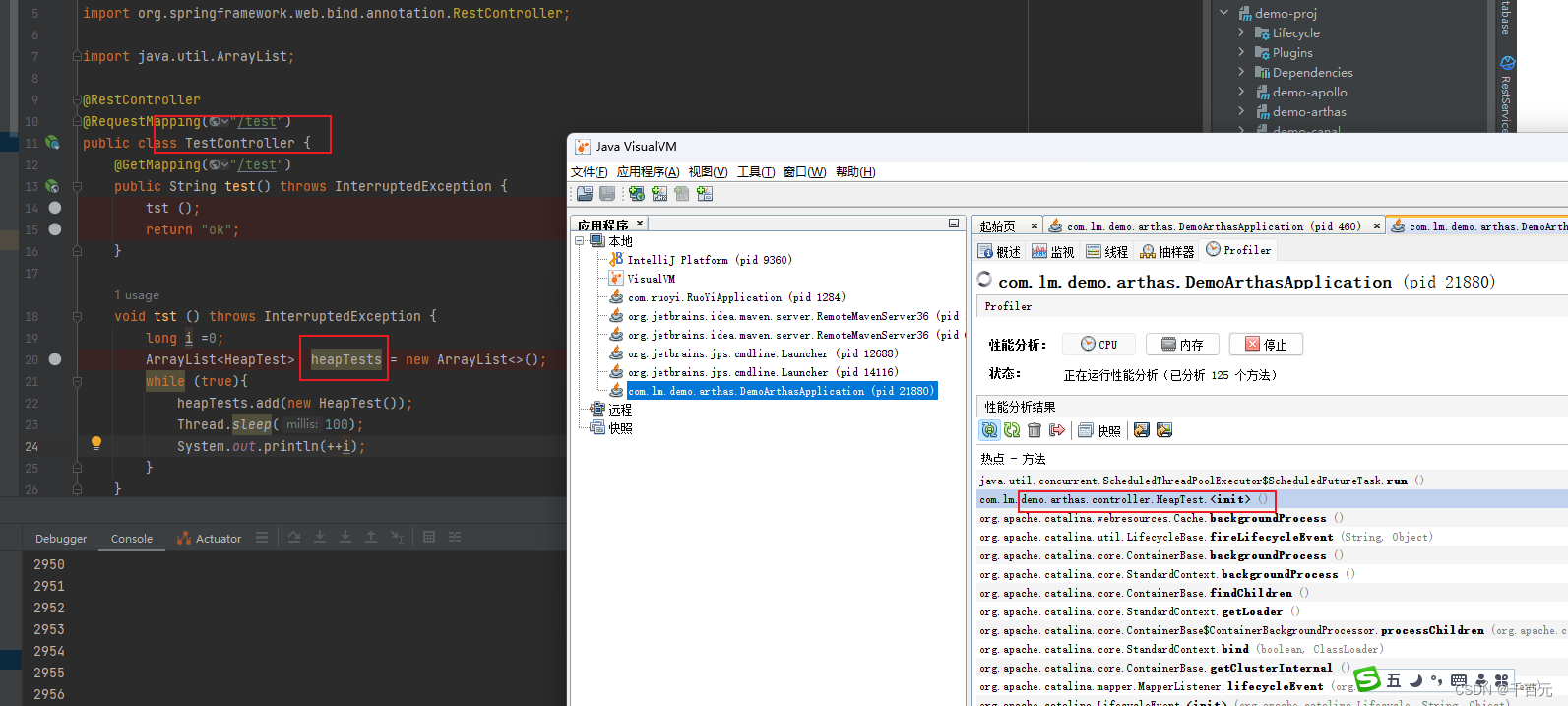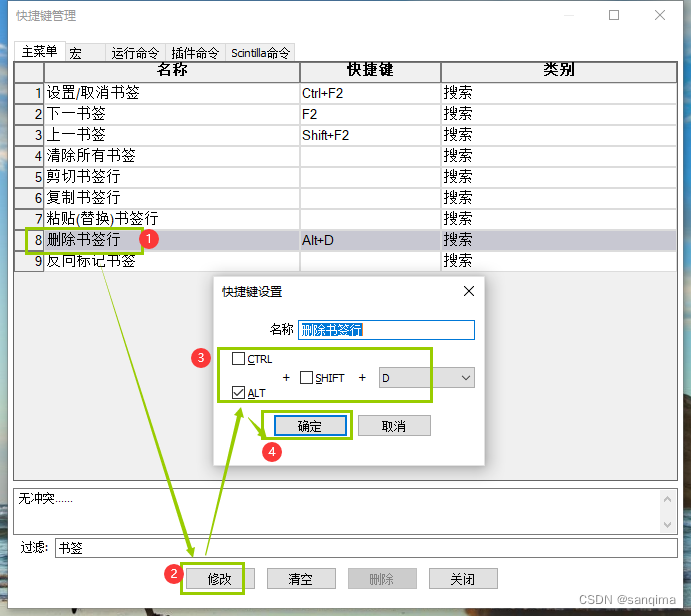为了解决多个进程同时操作一个文件,产生一些情况,通常对文件进行上锁,已解决对共享文件的竞争
对打开文件进行各种操作:
int fcentl(int fd, int cmd, .../*arg*/
如果cmd与锁操作有关,那么fcentl函数的第三个参数就要传入一个结构体


其中结构体如下:
struct flock {
...
short l_type; /* Type of lock: F_RDLCK,
F_WRLCK, F_UNLCK */
short l_whence; /* How to interpret l_start:
SEEK_SET, SEEK_CUR, SEEK_END */
off_t l_start; /* Starting offset for lock */
off_t l_len; /* Number of bytes to lock */
pid_t l_pid; /* PID of process blocking our lock
(F_GETLK only) */
...
};
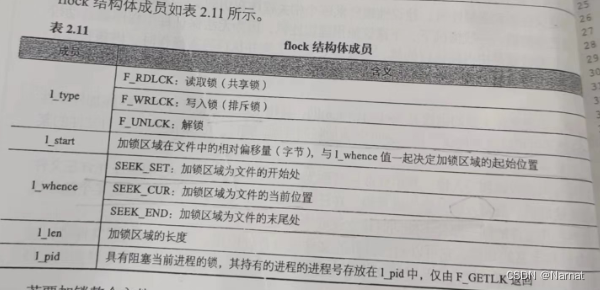

利用fcntl函数解决两个终端同时写访问一个文件产生的竞争问题:
#include <stdio.h>
#include <sys/types.h>
#include <sys/stat.h>
#include <fcntl.h>
#include <unistd.h>
#include <stdlib.h>
#include <sys/file.h>
int lock_set(int fd, int type){
struct flock old_lock, lock;
lock.l_whence = SEEK_SET; //加锁区域为文件开始处
lock.l_start = 0;//加锁区域在文件位置的相对偏移量
lock.l_len = 0;//加锁区域长度
lock.l_type = type;//锁的类型
lock.l_pid = -1;
fcntl(fd, F_GETLK, &lock);//写入
if(lock.l_type != F_UNLCK){//若未解锁
if(lock.l_type == F_RDLCK){//读取锁
printf("Read lock already set by %d\n", lock.l_pid);
}
else if(lock.l_type == F_WRLCK){
printf("Write lock already set by %d\n", lock.l_pid);
}
}
/*上述可能由于不是解锁状态l_type被设置成了相应的锁值下方进行上锁操作时要再次调用type*/
lock.l_type = type;
if((fcntl(fd, F_SETLKW, &lock)) < 0){//上锁失败
printf("Lock failed:type = %d\n", lock.l_type);
return -1;
}
switch(lock.l_type){
case F_RELCK:
printf("Read lock set by %d\n", getpid());//获取当前进程的ID
break;
case F_WRLCK:
printf("Write lock set by %d\n", getpid());
break;
case F_UNLCK:
printf("Release lock by %d\n", getpid());//解锁返回1
return 1;
break;
}
return 0;//上锁返回0
}
int main(int argc, const char * argv[]){
int fd;
if((fd = open("test.txt", O_RDWR)) < 0){
printf("open error\n");
return -1;
}
lock_set(fd, F_WRLCK);//设置写入锁
getchar();//等待响应
lock_set(fd, F_UNLCK);//解锁
getchar();
close(fd);
return 0;
}
为了更好演示,将写访问改成读访问,读访问可以多进程同时进行:
#include <stdio.h>
#include <sys/types.h>
#include <sys/stat.h>
#include <fcntl.h>
#include <unistd.h>
#include <stdlib.h>
#include <sys/file.h>
int lock_set(int fd, int type){
struct flock old_lock, lock;
lock.l_whence = SEEK_SET; //加锁区域为文件开始处
lock.l_start = 0;//加锁区域在文件位置的相对偏移量
lock.l_len = 0;//加锁区域长度
lock.l_type = type;//锁的类型
lock.l_pid = -1;
fcntl(fd, F_GETLK, &lock);//写入
if(lock.l_type != F_UNLCK){//若未解锁
if(lock.l_type == F_RDLCK){//读取锁
printf("Read lock already set by %d\n", lock.l_pid);
}
else if(lock.l_type == F_WRLCK){
printf("Write lock already set by %d\n", lock.l_pid);
}
}
/*上述可能由于不是解锁状态l_type被设置成了相应的锁值下方进行上锁操作时要再次调用type*/
lock.l_type = type;
if((fcntl(fd, F_SETLKW, &lock)) < 0){//上锁失败
printf("Lock failed:type = %d\n", lock.l_type);
return -1;
}
switch(lock.l_type){
case F_RELCK:
printf("Read lock set by %d\n", getpid());//获取当前进程的ID
break;
case F_WRLCK:
printf("Write lock set by %d\n", getpid());
break;
case F_UNLCK:
printf("Release lock by %d\n", getpid());//解锁返回1
return 1;
break;
}
return 0;//上锁返回0
}
int main(int argc, const char * argv[]){
int fd;
if((fd = open("test.txt", O_RDWR)) < 0){
printf("open error\n");
return -1;
}
lock_set(fd, F_WRLCK);//设置写入锁
getchar();//等待响应
lock_set(fd, F_RDLCK);//解锁
getchar();
close(fd);
return 0;
}
效果:两进程一起访问
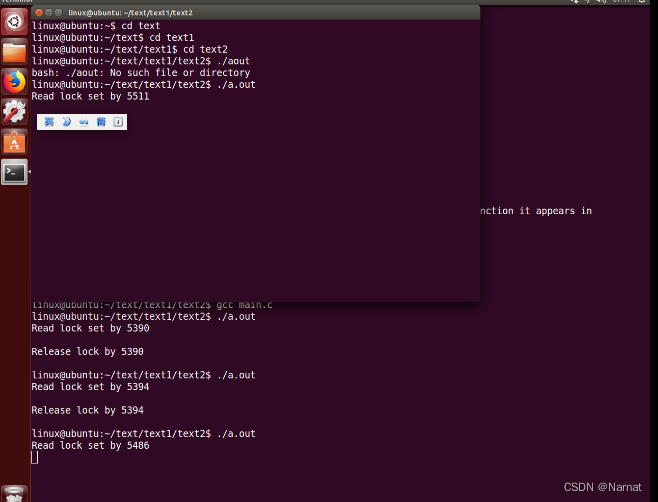
c语言strlen与sizeof函数的区别:
char a[32]
a[32] = "abcd";
strlen(a) = 4;
sizeof(a) = 32;
